27 May 2024 Daily Current Affairs
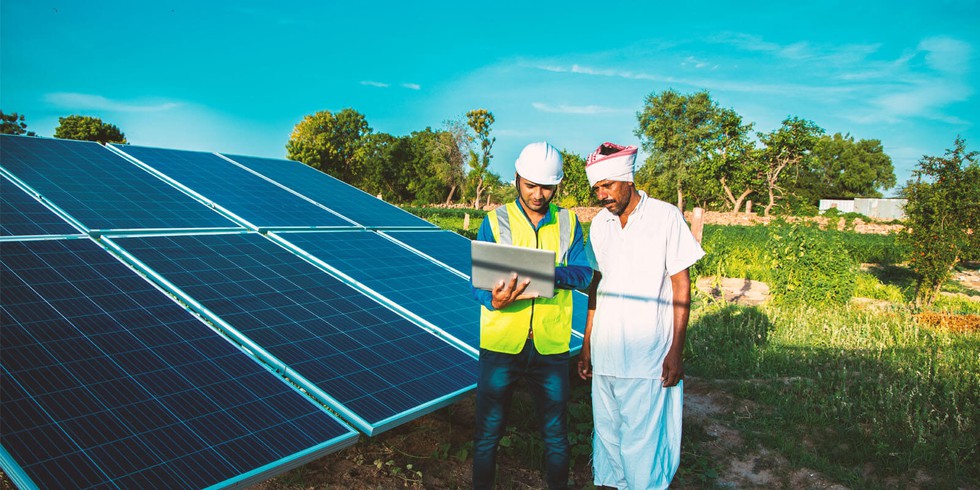
About PM-KUSUM Scheme:
- It was launched in 2019 for de-dieselisation of the farm sector and enhancing the income of farmers.
- It is aimed at ensuring energy security for farmers in India, along with honouring India’s commitment to increase the share of installed capacity of electric power from non-fossil-fuel sources to 40% by 2030 as part of Intended Nationally Determined Contributions (INDCs).
- It aims to add Solar capacity of about 34,800 MW by March 2026 with the total Central Financial support of Rs 34,422 crore.
- Nodal Ministry: Ministry of New and Renewable Energy (MNRE). It is being implemented by the designated departments of the State Government.
- Under the Scheme, a central government subsidy upto 30% or 50% of the total cost is given for the installation of standalone solar pumps and also for the solarization of existing grid-connected agricultural pumps.
- Further, farmers can also install grid-connected solar power plants up to 2MW, under the Scheme on their barren/fallow land.
- The Scheme consists of three components:
- Component A:
- 10,000 MW of solar capacity through the installation of small Solar Power Plants of individual plants of capacity up to 2 MW.
- The solar power plants will be preferably installed within five-kilometre radius of the notified sub-stations in order to avoid high cost of transmission lines and losses.
- The power generated will be purchased by the local DISCOM at a pre-fixed tariff determined by the respective State Electricity Regulatory Commission (SERC).
- Component B:
- Installation of 20 lakhs of standalone Solar Powered Agriculture Pumps.
- Individual farmers will be supported to install standalone solar Agriculture pumps of capacity up to 7.5 HP for the replacement of existing diesel Agriculture pumps / irrigation systems in off-grid areas, where grid supply is not available.
- The State Government will give at-least subsidy of 30% and the remaining will be provided by the farmer.
- Component C:
- For Solarisation of 15 Lakh Grid Connected Agriculture Pumps.
- Under this Component, individual farmers having grid connected agriculture pump will be supported to solarise pumps.
- The farmer will be able to use the generated solar power to meet the irrigation needs and the excess solar power will be sold to DISCOMs at pre-fixed tariff.
- The eligible categories for KUSUM Scheme are:
- An individual farmer.
- A group of farmers.
- FPO or Farmer producer organization.
- Panchayat.
- Co-operatives.
- Water User Associations.
- Component A:
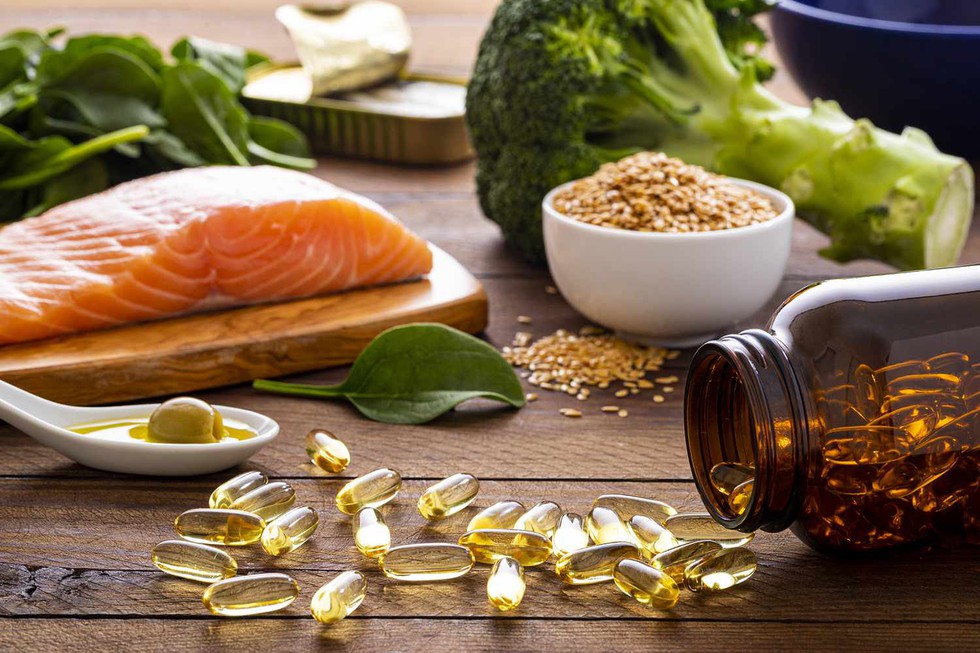
- They are the building blocks of the fat in our bodies and in the food we eat. During digestion, the body breaks down fats into fatty acids, which can then be absorbed into the blood.
- Fatty acid molecules are usually joined together in groups of three, forming a molecule called a triglyceride. Triglycerides are also made in our bodies from the carbohydrates that we eat.
- The two main types of fatty acids are saturated fat and unsaturated fat.
- Saturated fats are sometimes known as “bad” or “unhealthy” fats because they increase your risk of certain diseases like heart disease and stroke.
- Unsaturated fats (polyunsaturated and monounsaturated) are considered “good” or “healthy” fats because they support your heart health when used in moderation.
About Omega-3 Fatty Acids:
- They are polyunsaturated fatsthat perform important functions in your body. Your body can’t produce the amount of omega-3s you need to survive.
- So, omega-3 fatty acids are essential nutrients, meaning you need to get them from the foods you eat.
- They are found in foods, such as fish and flaxseed, and in dietary supplements, such as fish oil.
- The three main omega-3 fatty acids are alpha-linolenic acid (ALA), eicosapentaenoic acid (EPA), and docosahexaenoic acid (DHA).
- ALA is found mainly in plant oils such as flaxseed, soybean, and canola oils. DHA and EPA are found in fish and other seafood.
- Omega-3s are important components of the membranes that surround each cell in your body. DHA levels are especially high in retina (eye), brain, and sperm cells.
- Omega-3s also provide calories to give your body energy and have many functions in your heart, blood vessels, lungs, immune system, and endocrine system (the network of hormone-producing glands).
- Omega-3s in fish and fish oil supplements may help with symptoms of several autoimmune diseases like rheumatoid arthritis, lupus, and Crohn's disease.
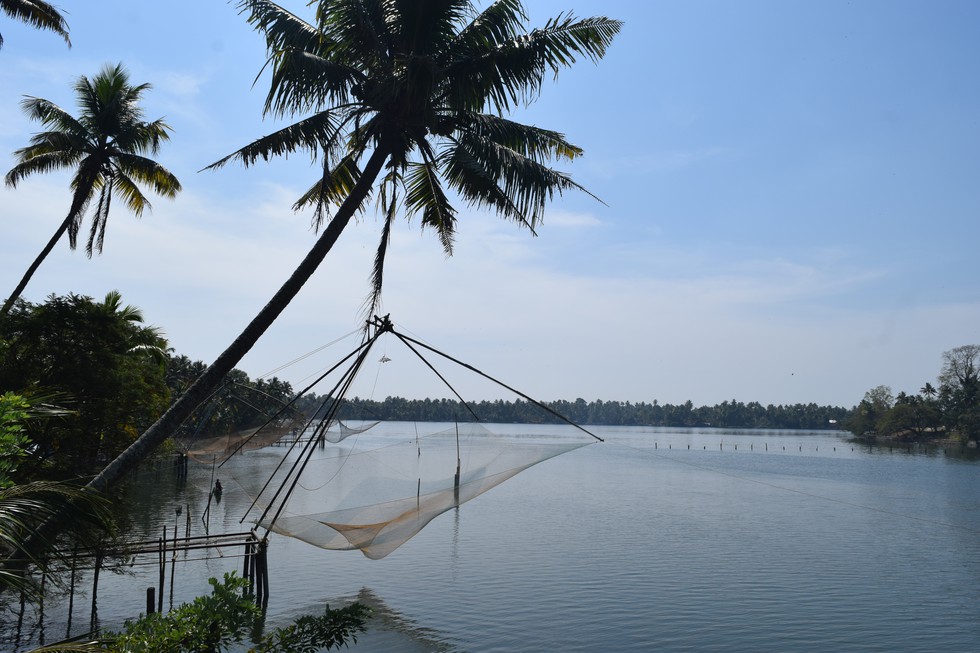
About Periyar River:
- It is the longest river in Kerala.
- Course:
- It rises in the Western Ghats of Tamil Nadu and then flows in the north direction to the Periyar National Park into the Periyar Lake, which is a man-made reservoir created in 1895.
- The water from here then flows into the Vembanad Lake and, finally, into the Arabian Sea.
- A tunnel carries water from the Periyar Lake eastward through the mountains to the Vaigai River in Tamil Nadu, where it is used for irrigation.
- It is also called the ‘Lifeline of Kerala’ due to its enormous economic contribution to this state.
- The Idukki Dam on the Periyar is the largest dam and hydroelectric project in Kerala. It is also one of the highest arch dams in Asia.
- Other dams constructed across the river are Neriyamangalam, Pallivasal, Panniyar, Kundalam, Chenkulam, and Mullaperiyar.
- The birthplace of Sankaracharya, the greatest Advaita philosopher, is at Kalady, which is situated on the bank of the Periyar.
- Tributaries: The major tributaries of Periyar are the Muthirapuzha River, Mullayar River, Cheruthoni River, Perinjankutti River, and the Edamala River.
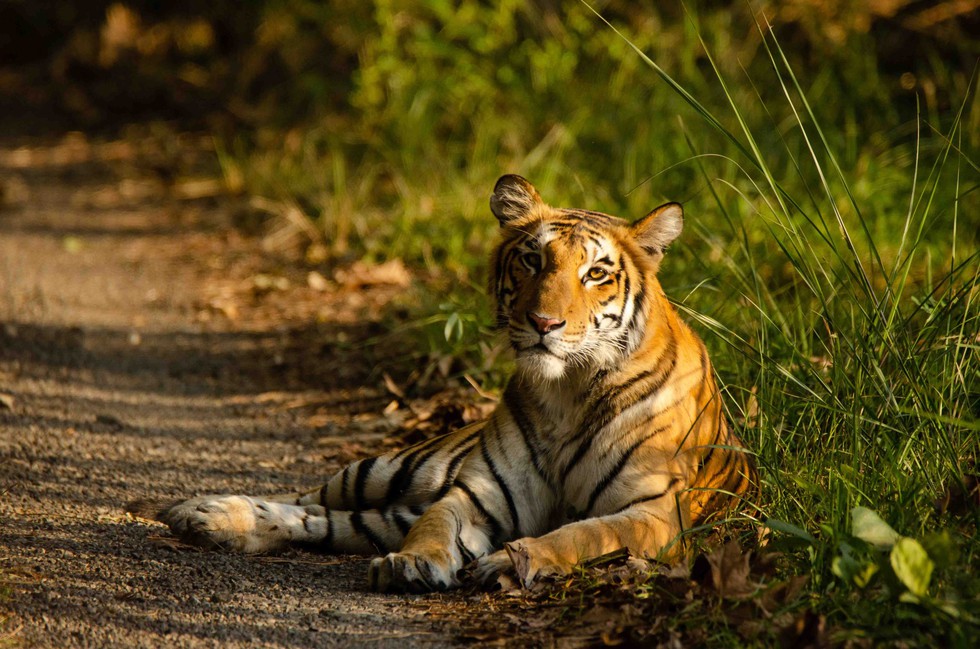
About Sathyamangalam Tiger Reserve:
- Location:
- It is located at the junction of the Eastern and Western Ghatsin the Nilgiri Biosphere Reserve, in the Erode District of Tamil Nadu.
- Its area is contiguous with the Mudumalai Tiger Reserve, Bandipur Tiger Reserve (Karnataka), and Biligiri Rangaswamy Temple Tiger Reserve and Wildlife Sanctuary (Karnataka). Together, these reserves—forming the Nilgiris biosphere landscape— have the biggest tiger population in the world, at over 280 tigers.
- It was declared a tiger reserve in 2013. It forms a vital link between the Eastern and Western Ghats, creating a continuous habitat for tigers and other wildlife.
- Climate:
- It is subtropical and dry.
- The summers are hot and dry; the monsoons are wet and cooler, with river flooding.
- Rivers: Some of the prominent rivers in the region include the Bhavani, Moyar, and Noyyal rivers.
- Tribal Communities: It is home to several indigenous tribal communities, including the Irula and Kurumba tribes.
- Flora:
- The vegetation consists of southern tropical dry thorn forests, mixed deciduous forests, semi-evergreen forests, and Riparian forests.
- Around 700 species of flora have been found in the sanctuary, where bamboos are the predominant species of vegetation.
- Fauna:
- The major species are Elephant, Tiger, Panther, Sloth bear, Gaur, Black Buck, Spotted deer, Wild boar, Black napped hare, Common langur, Striped neck mongoose, and Bonnet macaque.
- It is home to some rare and endangered species, such as the grizzled giant squirrel, the Nilgiri tahr, the Nilgiri langur, and the four-horned antelope.
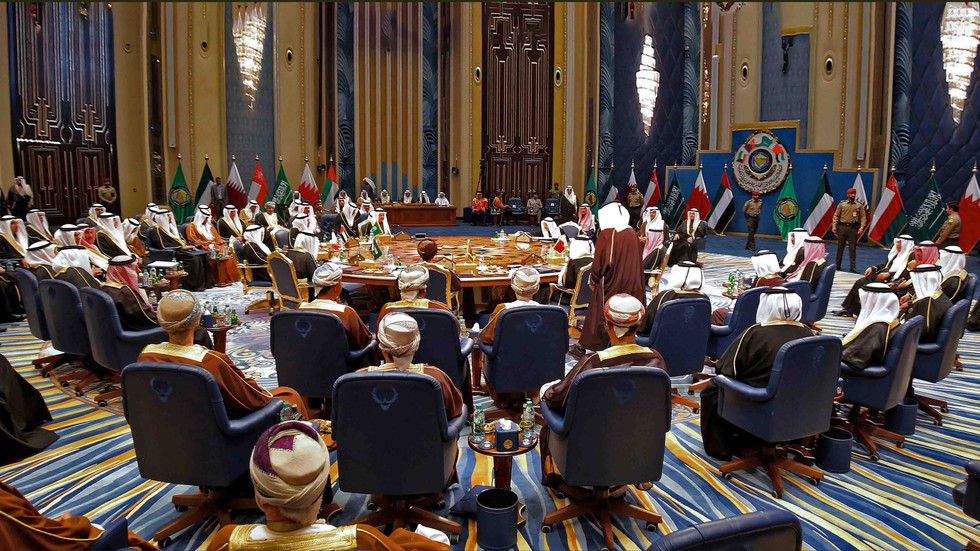
About Gulf Cooperation Council (GCC):
- It is a political and economic alliance of six countries in the Arabian Peninsula: Bahrain, Kuwait, Oman, Qatar, Saudi Arabia, and the United Arab Emirates.
- The GCC was established in Riyadh, Saudi Arabia, in May 1981.
- Objective: To promote economic, security, cultural, and social cooperation between the six states and hold a summit every year to discuss cooperation and regional affairs.
- Together, the GCC countries possess almost half of the world’s oil reserves.
- Organizational structure:
- The Supreme Council:
- It is the highest authority of the organization, which meets on an annual basis and consists of GCC heads of state.
- Decisions of the Supreme Council are adopted by unanimous approval.
- Its presidency rotates periodically among the member states in alphabetical order.
- The Ministerial Council:
- It is composed of the foreign ministers of all the Member States or other ministers deputizing for them.
- It meets every three months to implement the decisions of the Supreme Council and to propose new policy.
- The Secretariat General:
- It is the administrative arm of the alliance, which monitors policy implementation and arranges meetings.
- Its headquarters is in Riyadh, Saudi Arabia.
- The Supreme Council:
- India and GCC:
- GCC is India’s largest regional-bloc trading partner.
- Trade with the GCC comprised 8% of India’s total trade in FY2022–23.
- The UAE has consistently been India’s principal trading partner within the Gulf and is India’s third-largest trading partner overall.
- According to the latest figures, there are approximately 9 million Indian expats residing in GCC countries, which is approximately 66% of non-resident Indians.
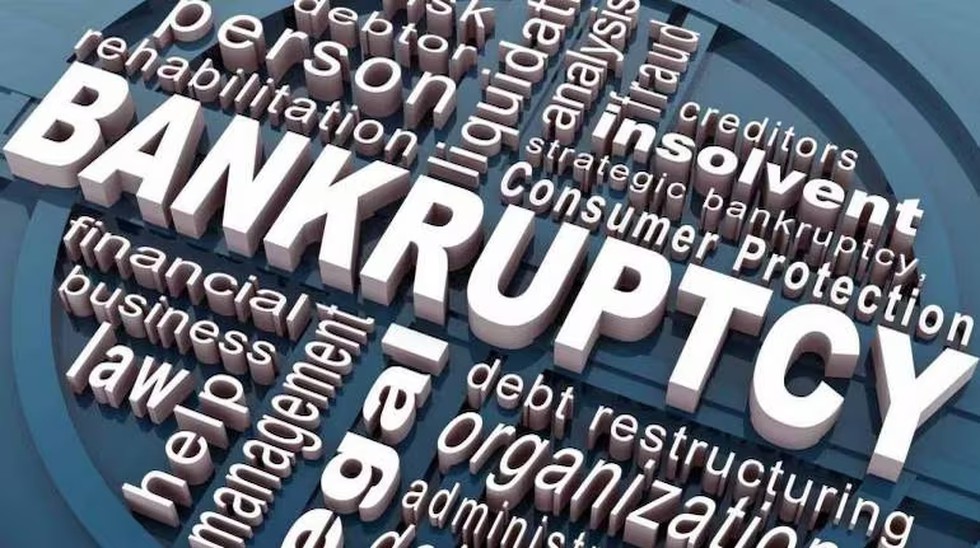
About Pre-packaged Insolvency Resolution Process:
- It was introduced in April 2021 in the wake of Covid pandemic, to deal with stress of small and mid-sized companies. The idea was that resolution of distressed MSMEs requires different treatment due to the unique nature of their businesses.
- Pre-packaged insolvency process is an alternate and speedier resolution mechanism for micro, medium and small enterprises in financial distress.
- Process:
- It involves the debtor and its creditors negotiating and agreeing on a resolution plan before initiating the formal insolvency process.
- Once approved by the creditors, the pre-packaged resolution plan is submitted to the National Company Law Tribunal (NCLT) for approval. It is similar to an out-of-court settlement process.
- The debtor and creditor work on a draft resolution plan before formally initiating the insolvency process.
- Once finalised and approved by the required majority of creditors, the plan is submitted to NCLT.
- The pre-packaged insolvency process is initiated voluntarily by the debtor.
- Significance: Since the resolution plan is negotiated and finalised before filing with NCLT, it reduces the time taken for resolution compared to the corporate insolvency resolution process, with minimal disruptions.
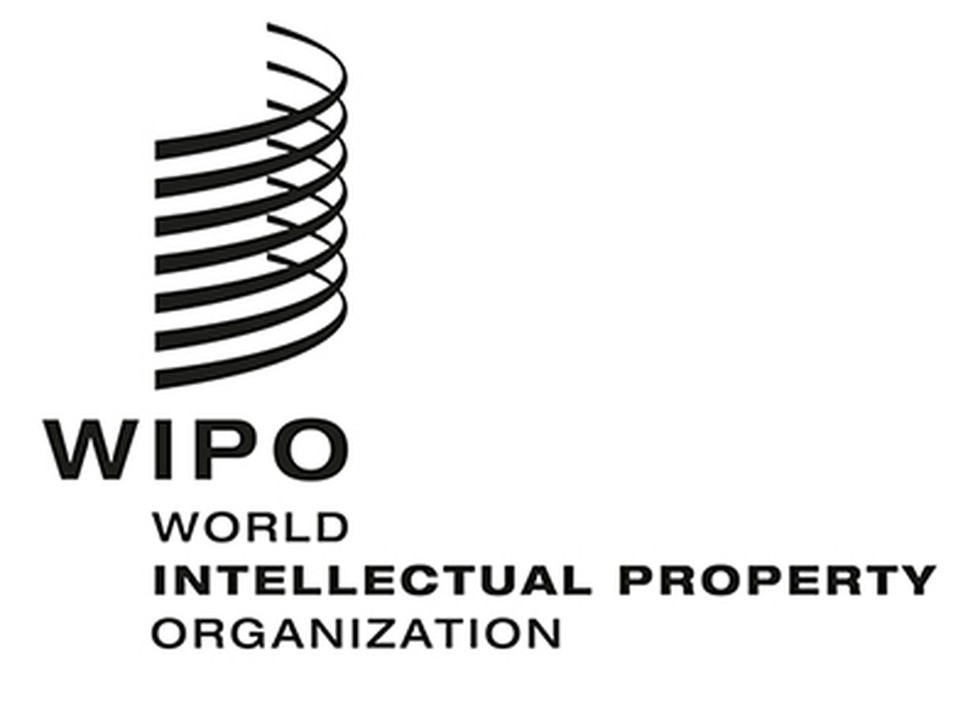 About World Intellectual Property Organization:
About World Intellectual Property Organization:
- It is a specialized agency of the United Nations, located in Geneva, Switzerland. It was established by the WIPO Convention in 1967.
- Mission: Its mission is to lead the development of a balanced and effective international intellectual property (IP) system that enables innovation and creativity for the benefit of all.
- Members: WIPO currently has 193 member states.
- It provides a global policy forum, where governments, intergovernmental organizations, industry groups and civil society come together to address evolving IP issues.
- Its member states and observers meet regularly in a variety of standing committees and working groups.
- In these bodies, members negotiate the changes and new rules needed to ensure that the international IP system keeps pace with the changing world, and continues to serve its fundamental purpose of encouraging innovation and creativity.
Key points about Treaty on Intellectual Property, Genetic Resources and Associated Traditional Knowledge:
- It mandates that, where a patent application involves genetic resources, the applicant must disclose the country of origin or source.
- If traditional knowledge associated with genetic resources is involved, the applicant must disclose the Indigenous Peoples or local community that provided it.
- Genetic resources, found in entities such as medicinal plants and agricultural crops, are often utilized in patented inventions, although they themselves cannot be patented.
- Once ratified by 15 contracting parties, the Treaty will establish an international legal framework requiring patent applicants to disclose the origin of genetic resources and the associated traditional knowledge used in their inventions.
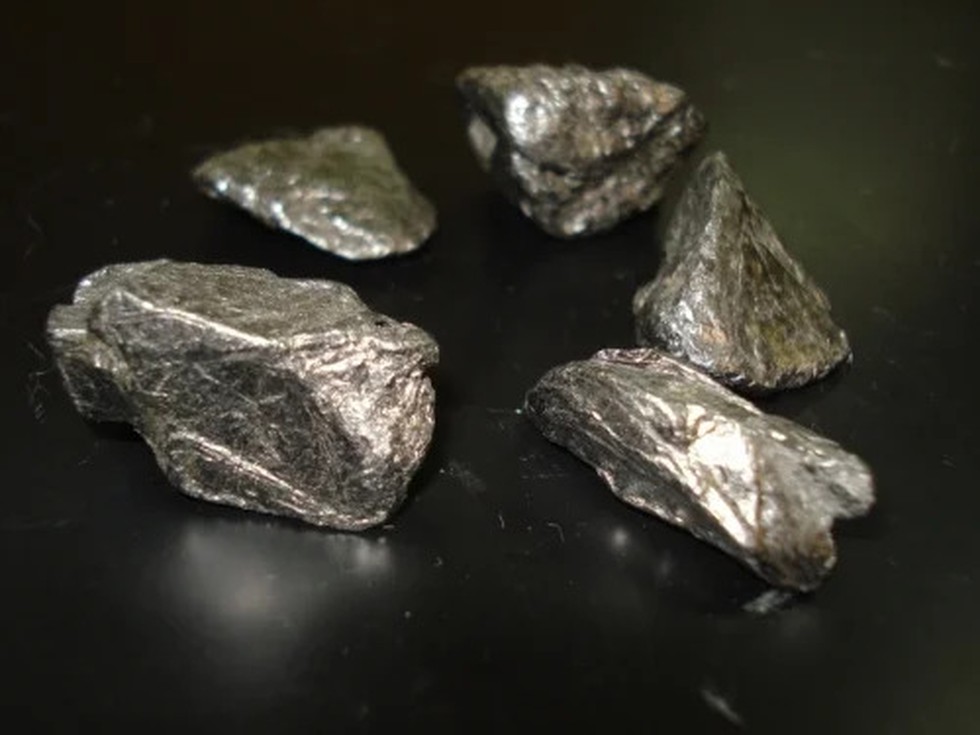
About Graphite:
- It is an opaque, non-metallic carbon polymorph that is blackish silver in colour and metallic to dull in sheen. Since it resembles metal lead, it is also known colloquially as black lead or plumbago.
- Formation: It is formed by the metamorphosis of sediments containing carbonaceous material.
- Molecular structure:
- It consists of a ring of six carbon atoms closely bonded together hexagonally in widely spaced layers.
- The bonds within the layers are strong, but the bonds between the layers are less in number and therefore weaker.
- Properties:
- It is a naturally occurring form of crystalline carbon and is a stable form of carbon.
- It is extremely soft, cleaves with very light pressure, and has a very low specific gravity.
- In contrast, it is extremely resistant to heat and nearly inert in contact with almost any other material. These extreme properties give it a wide range of uses in metallurgy and manufacturing.
- Applications:It is used in pencils, lubricants, crucibles, foundry facings, polishes, arc lamps, batteries, brushes for electric motors, and cores of nuclear reactors.
- Globally it is mined extensively in China, India, Brazil, North Korea, and Canada.
- Why Sri Lankan Graphite? Sri Lankan graphite is considered among the purest in the world with more than 98% carbon content.
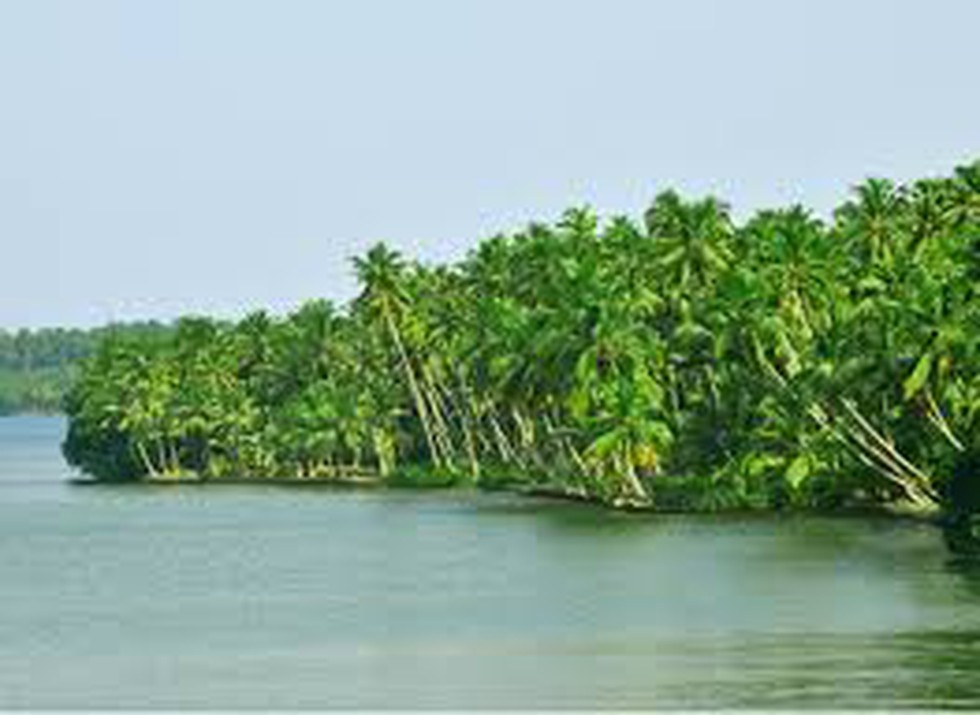
About Ashtamudi Lake:
- It is a Ramsar wetland located in Kollam district of Kerala. It is known for its panoramic beauty and eight channels that connects to one lake. It is because of its eight 'arms' or channels, that the lake is named Ashtamudi.
- It is the second largest lake in Kerala, which has found its way into the sea through the Neendakara estuary. Kallada river is the major source of water for Ashtamdui lake.
- The historical significance of Ashtamudi lake dates back to the 14th century when the lake surroundings were the important port connecting the ancient city of Quilon to the rest of the world.
- Historical records of the Moroccan explorer Ibn Battuta highlights Quilon city, in the banks of Ashtamudi lake as one of the major trading centers in the ancient period.
- Different species of marshy mangroves was reported in the region, including two endangered species called Syzygium travancoricum and Calamus rotang.
Key facts about Microplastics:
- These are tiny plastic particles that result from both commercial product development and the breakdown of larger plastics. Officially, they are defined as plastics less than five millimeters (0.2 inches) in diameter.
- They are present in a variety of products, from cosmetics to synthetic clothing to plastic bags and bottles. Many of these products readily enter the environment as waste.
- They consist of carbon and hydrogen atomsbound together in polymer chains. Other chemicals, such as phthalates, polybrominated diphenyl ethers (PBDEs), and tetrabromobisphenol A (TBBPA), are typically also present in microplastics
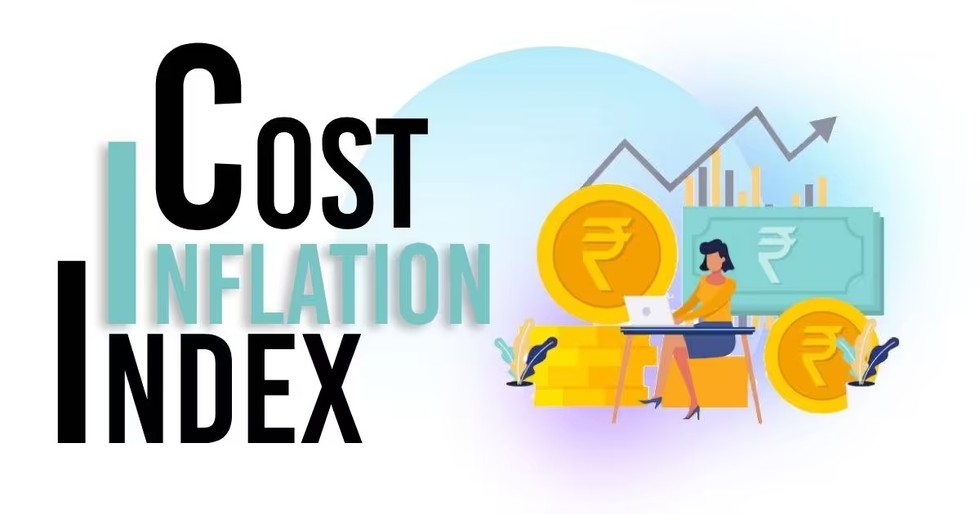
About Cost Inflation Index:
- The CII number is used to adjust the purchase price of assets on the basis of inflation. It is notified under the Income-tax Act, 1961 every year.
- It helps an individual to ascertain the inflation-adjusted current price of an asset. It also helps in calculating capital gains from a transfer or sale of capital assets after taking inflation into account.
- Capital gain refers to the profit acquired from the sale/transfer of any capital assets, including land, property, stocks, shares, trademarks, patents, etc.
- Normally, an asset is required to be retained for more than 36 months (24 months for immovable property and unlisted shares, 12 months for listed securities) to qualify as 'long-term capital gains'.
- It helps taxpayers offset the impact of inflation as the difference between the purchase and sale price could be substantial due to rising prices.
- The application of the Cost Inflation Index for capital gain adjusts the purchase price of assets based on their sale price, resulting in smaller earnings and a lower tax amount.
- From FY 2023-24, the indexation benefit on long-term capital gains from non-equity mutual fund schemes has been removed.
- A taxpayer will continue to use the CII number to calculate long-term capital gains from house property, land, and building in the event of a sale.


























































































































































.png)
.png)
.png)
.png)
.png)


.png)
.png)
.png)





.png)
.png)






.png)
.png)
.png)
.png)
.png)
.png)
.png)
.png)
.png)

.png)







.png)
.png)


.png)
.png)
.png)


.png)

.png)
.png)





.jpg)

.png)
.png)


.png)

.png)
.png)
.png)

.jpg)

.jpg)


.png)

.png)
.png)
.png)
.png)
.png)
.png)
.png)
.png)
.png)
.png)




.png)

.png)





.png)
.png)
.png)
.png)
.png)
.png)
.png)
.png)
.png)
.png)
.jpg)
.jpg)

.png)
.png)
.png)
.png)
.png)
.png)
.png)
.png)
.png)
.png)
.png)
.png)
.png)
.png)
.png)
.png)
.png)
.png)
.png)
.png)
.png)
.png)



.png)
.png)

.jpg)
.jpg)


.jpg)
.jpg)
.jpg)
.jpg)
.jpg)

.jpg)








.jpg)
.jpg)
.jpg)
.jpg)
.jpg)

















.jpg)
.jpg)







.jpg)


















.jpg)
.jpg)






























































































.jpg)
.jpg)


























.jpg)

.jpg)










.jpg)








.jpg)




.jpg)










.jpg)


















.jpg)












































.jpg)














.jpg)
.jpg)
.jpg)





.jpg)

.jpg)
.jpg)





































































.jpg)


































.jpg)
.jpg)
















































.jpg)












.jpg)


.jpg)




.jpg)
.jpg)
.jpg)

.jpg)
.jpg)
.jpg)
.jpg)

.jpg)
.jpg)
.jpg)

.jpg)
.jpg)
.jpg)
.jpg)
.jpg)
.jpg)
.jpg)
.jpg)

.jpg)


.jpg)
.jpg)
.jpg)
.jpg)
.jpg)
.jpg)
.jpg)
.jpg)
.jpg)
.jpg)











.jpg)
.jpg)





.jpg)
.jpg)
.jpg)
























.jpg)
























.jpg)









.jpg)
.jpg)







.jpg)
.jpg)









































.jpg)
.jpg)
.jpg)
.jpg)
.jpg)

.jpg)
.jpg)
.jpg)
.jpg)
.jpg)


.jpg)
.jpg)
.jpg)
.jpg)
.jpg)

.jpg)
.jpg)
.jpg)
.jpg)
.jpg)
.jpg)
.jpg)
.jpg)
.jpg)
.jpg)
.png)

.png)
.png)

.png)
.png)
.png)
.png)


.jpg)
.jpg)

.jpg)
.jpg)
.jpg)

.png)
.png)
.png)
.png)
.png)
.png)
.png)

.png)
.png)
.png)
.png)
.png)
.png)
.png)
.png)
.png)
.png)





































































-min.png)



.png)




.png)








































